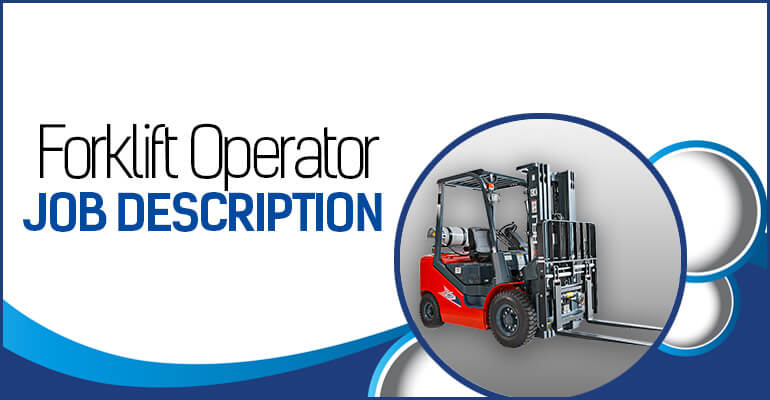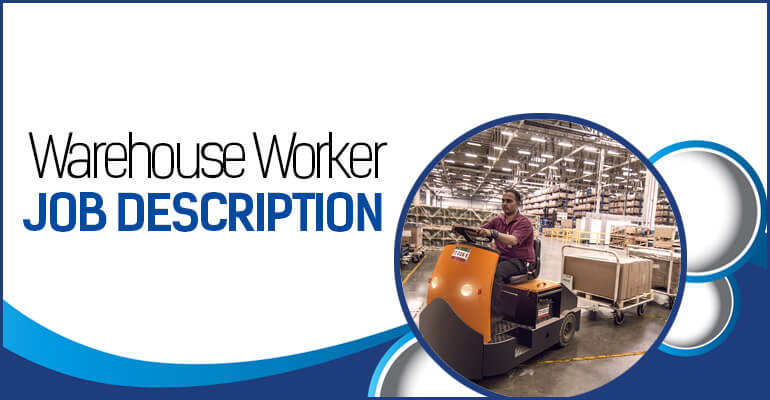Ships and 18-wheelers haul oil, gasoline and larger quantities of many other goods across water or roads to consumers, industries and governments. Planes, trains and somewhat smaller delivery vehicles also have their place in moving items from one place to another. Loaders help ensure that those delivery devices safely, carefully and efficiently transport commodities and equipment. The job description of a loader entails the skills, training and experience necessary for protecting the items being loaded and the loaders themselves.
What Does a Loader Do?
As the job description explains, loaders do not simply lift or carry boxes. They must sort, organize, understand the nature of and use various methods to load cargo. Some loaders may rely on equipment to guide larger materials into ships or other large cargo holds. Their duties also consist of some record keeping and cleaning. To perform loading and unloading requires a great appreciation for safety and care.
Loaders Job Description for Resume — Responsibilities
- Sort freight prior to loading and unloading, usually according to destination
- Group merchandise to be included with or fulfilled in an order
- Identify freight with markers and tags
- Determine special care and handling instructions, priorities and needs for particular freight
- Secure loads with straps, chains, pads and braces
- Place cargo on pallets or in ship holds, transit sheds and other storage areas
- Lift and guide cargo to and from ships, trucks and other transporters and containers using cranes, booms, cables and slings
- Position crates, bins, buckets, baskets and other containers to be loaded
- Seal containers and valves
- Record units loaded or unloaded and orders filled
- Clean shipping, receiving and storage areas, including trash, ice and liquid removal
- Wash interiors of tanks, vessels and trailers
Loaders Essential Skills
Attentiveness. Loaders work in an environment and with equipment that pose risks of injury or damage. The job description requires loaders to be attentive to other workers, trash, obstructions, potentially unsecured hoses and clamps and other hazards. Loaders must exercise attention to prevent mitigate or eliminate these risks.
Listening. Supervisors and others on the loading or delivery crews instruct loaders on what to load and unload and how to do these tasks. Listening skills help loaders become alerted to warnings of dangers from others in the work area.
Organization. To effectively and safely load and unload cargo, loaders need skills to sort items by size, level of fragility and the destination of deliveries. Organization allows merchandise to be more readily located and carefully handled.
Physical. Loaders need strength to lift up to 50 pounds on a regular basis and push, pull or hold items. Shifts involve up to eight hours at a time of continuous walking and use of arms, legs and muscles. Along with strength, loaders need enough flexibility to squat and dexterity to handle hoses, clamps, tools, controls on equipment and the cargo.
Becoming a Loader
Normally, the loader occupation does not involve formal education. Most of the loaders’ preparation comes through training, orientation and experience.
Education and Training
According to O*NET, seven out of ten occupants in the “Laborers and Freight, Stock and Material Movers, Hand” sector hold high school diplomas. Approximately 19 percent have not completed high school.
O*NET reports that high school graduates comprise 82 percent of “Tank Car, Truck, and Ship Loaders.” Eleven percent have post-secondary certificates and seven percent have taken college courses but do not have a college degree.
Much of the training of loaders occurs on the job. Some employers may take no more than a month to orient and prepare laborers to work. In shipyards or fuel storage facilities, the loaders may undergo more extensive or lengthy training. Most training programs cover proper techniques of loading, unloading, securing delivery and storage devices and areas and Occupational Health and Safety Administration regulations and standards.
Work Experience
Loading jobs can serve as entry-level work, especially in smaller warehousing or distribution centers. Some employers may require or prefer some months of prior experience in warehouses or other loading environments. Those who load ships, gasoline tankers or are located in more industrial settings should have a prior work history working on ship crews, in shipyards or in fuel distribution or refineries.
Employers may also want loaders to have a history of operating forklifts. Loaders who drive motorized equipments may wish to highlight prior jobs such as operating tractors or golf carts, riding lawn mowers or similar lawn vehicles at resorts, golf clubs and stadiums.
Work Schedules
Warehouses, distribution centers, airports and shipyards operate normally 24 hours, seven days per week. As a result, loaders can find themselves working late nights, predawn hours and daylight shifts. The job descriptions for loaders frequently include weekend duty. Holidays, back-to-school seasons and other peak shopping periods can yield longer than normal shifts and overtime.
According to the U.S. Bureau of Labor Statistics, nearly a quarter of “Hand Laborers and Material Movers,” which include loaders, held part-time jobs in 2014. Among the estimated 2.4 million occupants of these jobs in 2014, approximately 18 percent were hired through temporary employment agencies.
Career Prospects
The U.S. Bureau of Labor Statistics projects that employment of “Labor and freight, stock, and material movers, hand” should rise by five percent, or 125,100, by 2024. Approximately 2,441,300 held these jobs in 2014.
The health of the retail sector represents a significant factor in loading jobs. As consumer spending increases, so should the demand for workers to fill the roles of ensuring the orders are correctly shipped. Job prospects may prove stronger in online retailers or companies that receive significant orders online than those that rely primarily on brick and mortar sales.
The U.S. Bureau of Labor Statistics does suggest that the use of high-speed conveyor belts and automatic sorting may trim some of the growth. Among “Tank Car, Truck and Ship Loaders,” O*NET reports a project rise of two to four percent in employment through 2024.
Conclusion
Loaders can find a variety of jobs, from warehouses with consumer goods to ships or tankers that carry fuel. Most of these workers develop the tools for loading from training and experience in either in prior loading jobs, operation of motorized and self-propelled equipment or in settings where loading and shipping take place.
Applicants for these jobs must demonstrate physical strength and coordination and a keen awareness of safety risks involved with loading and the environments in which they will work.





